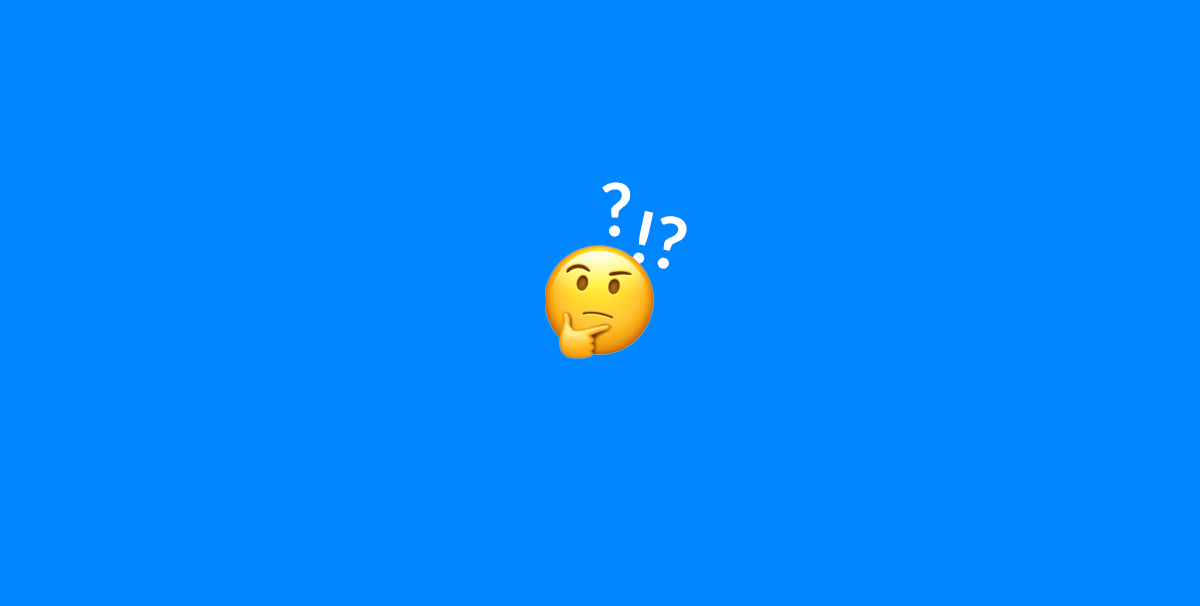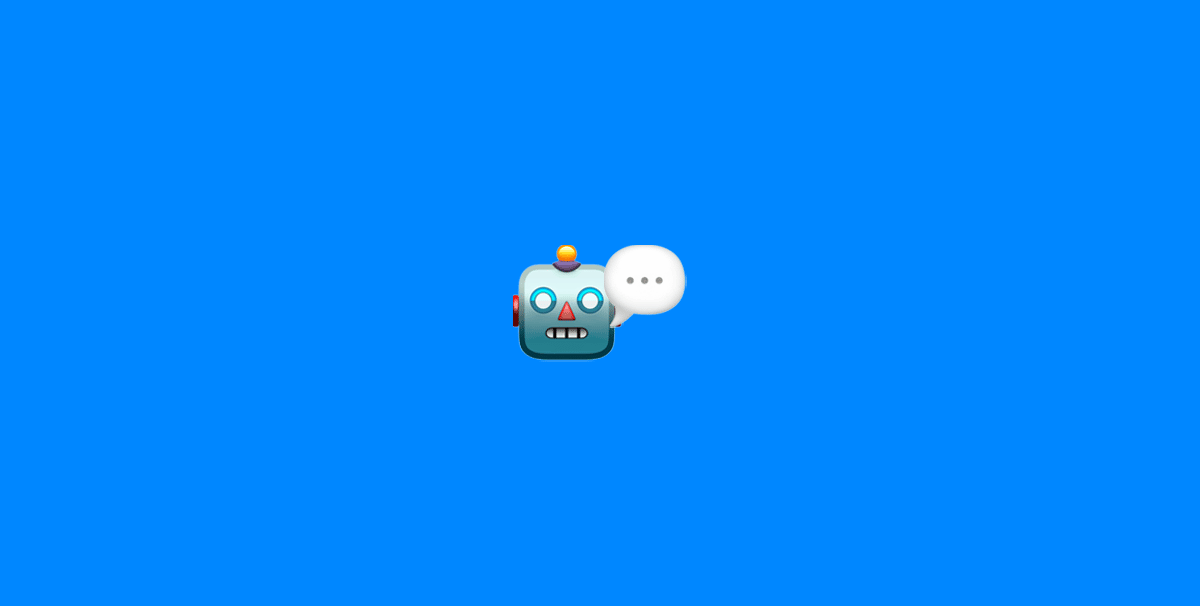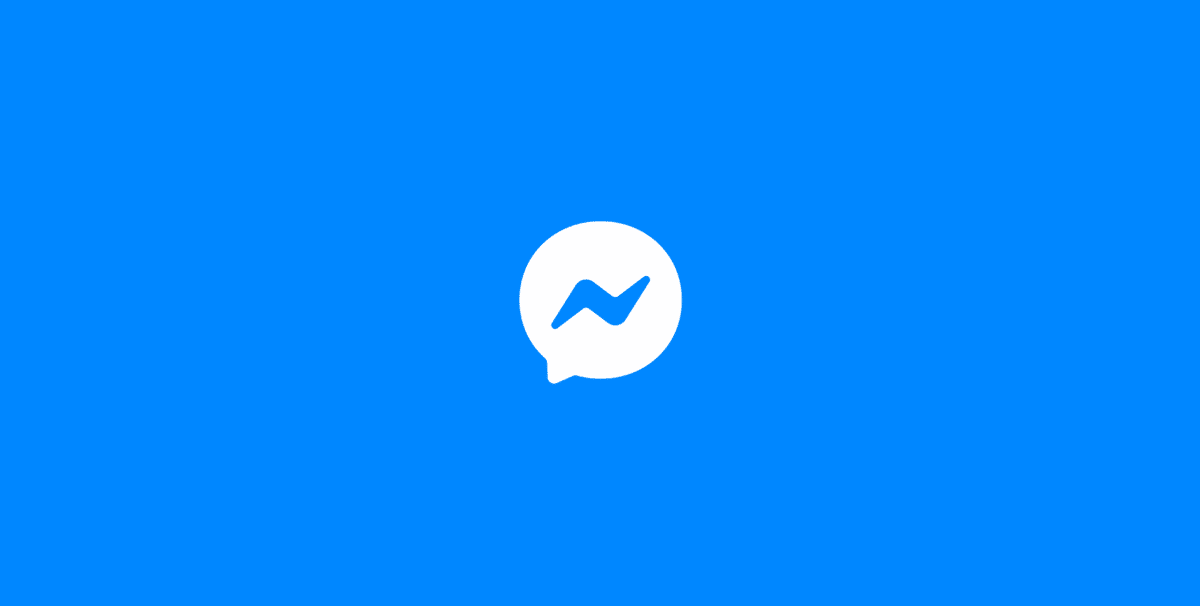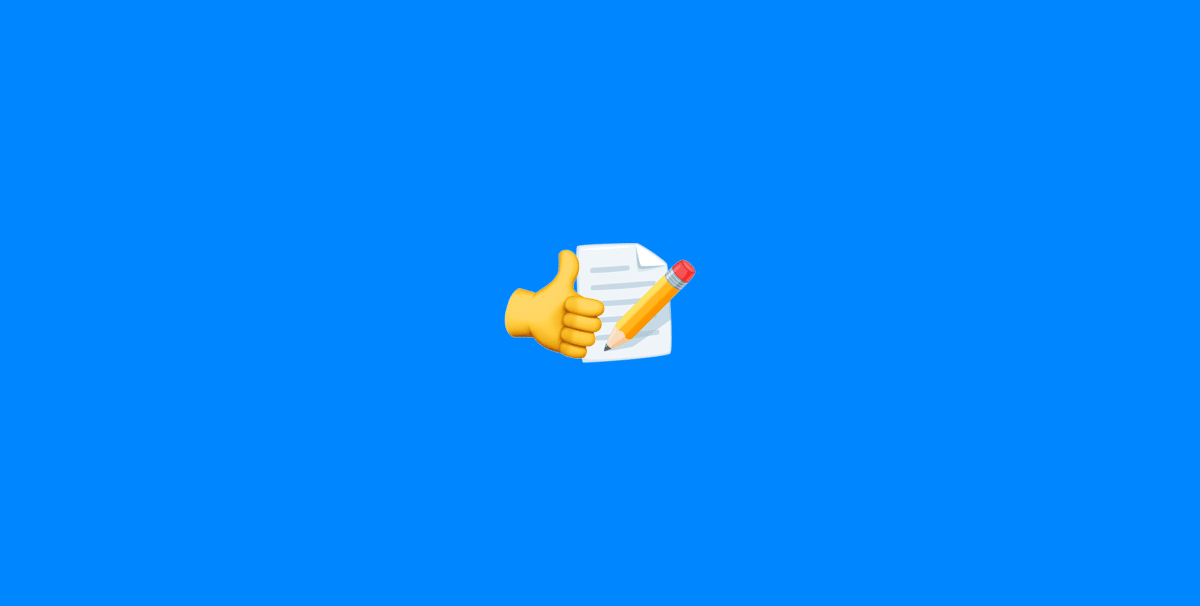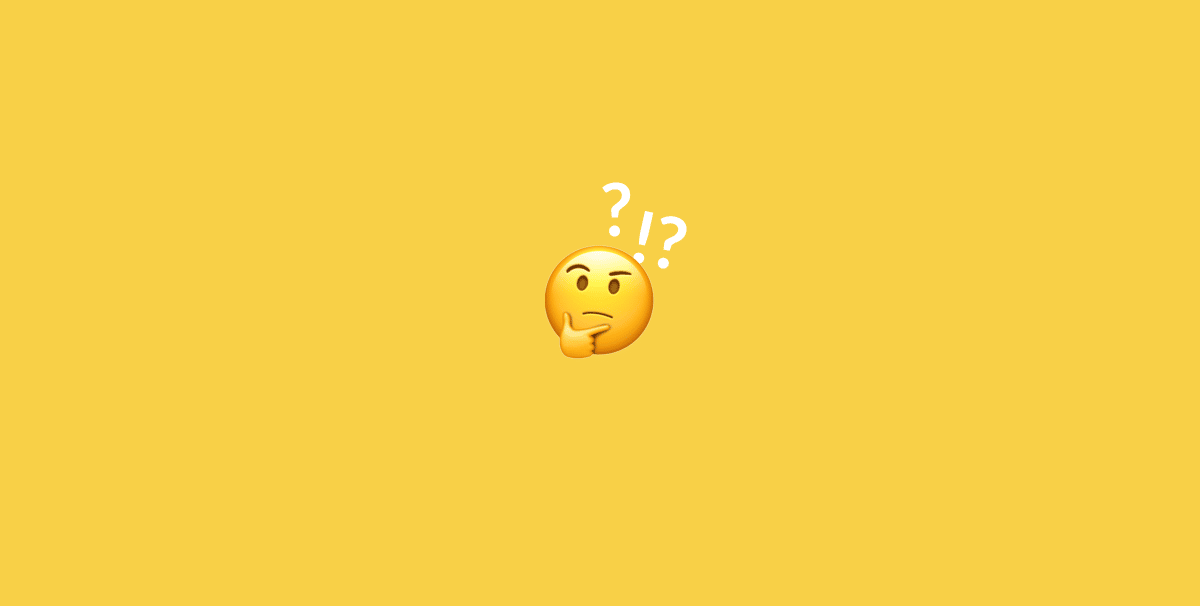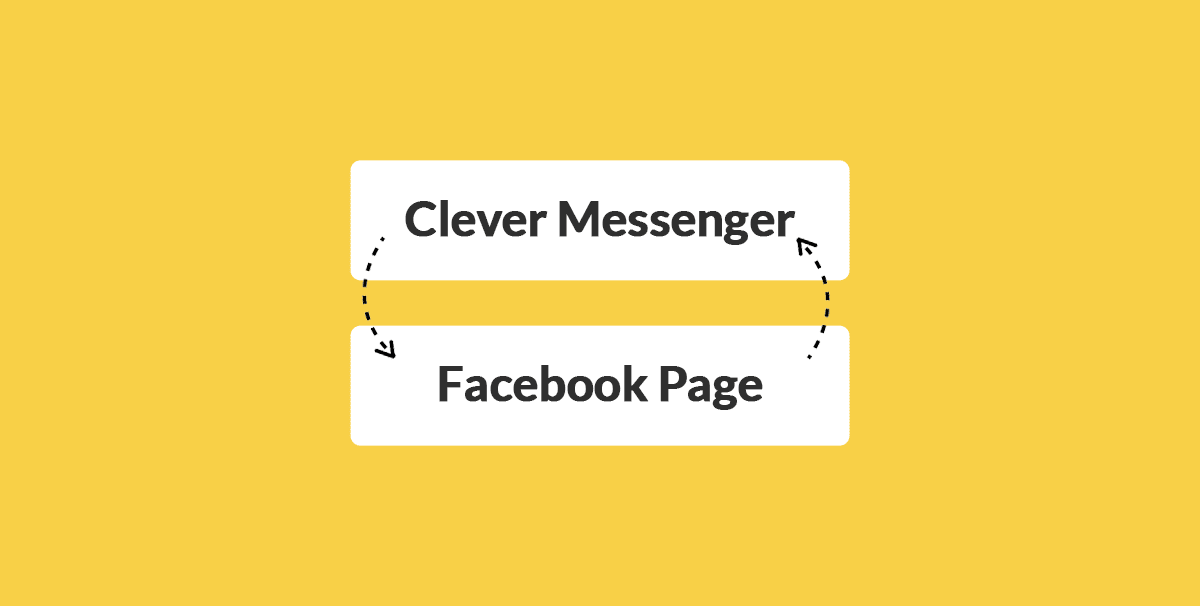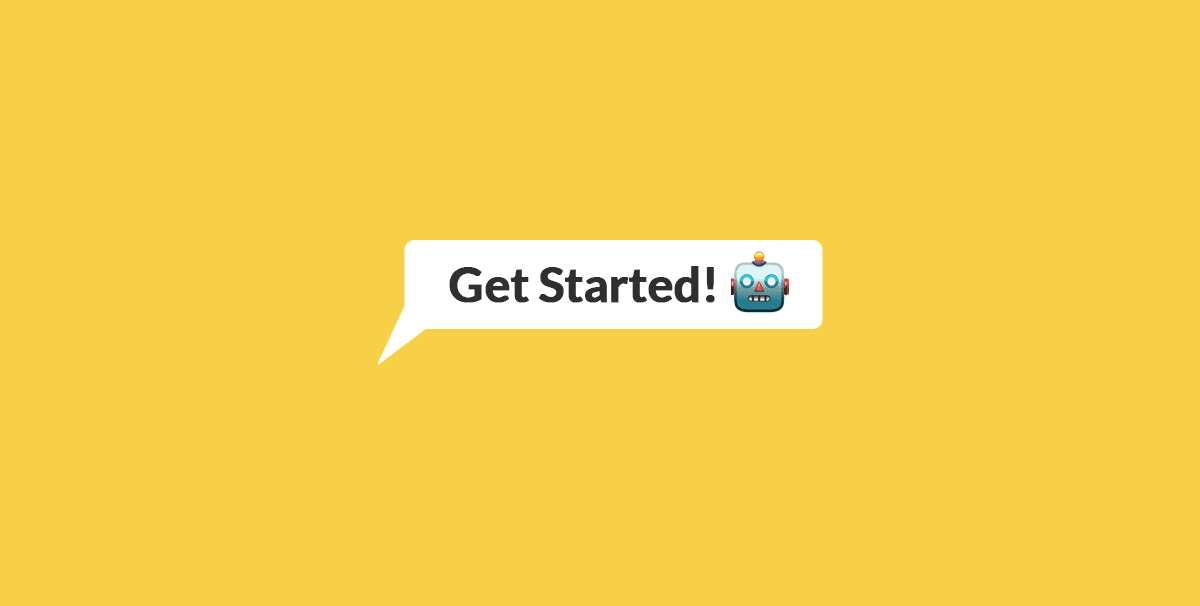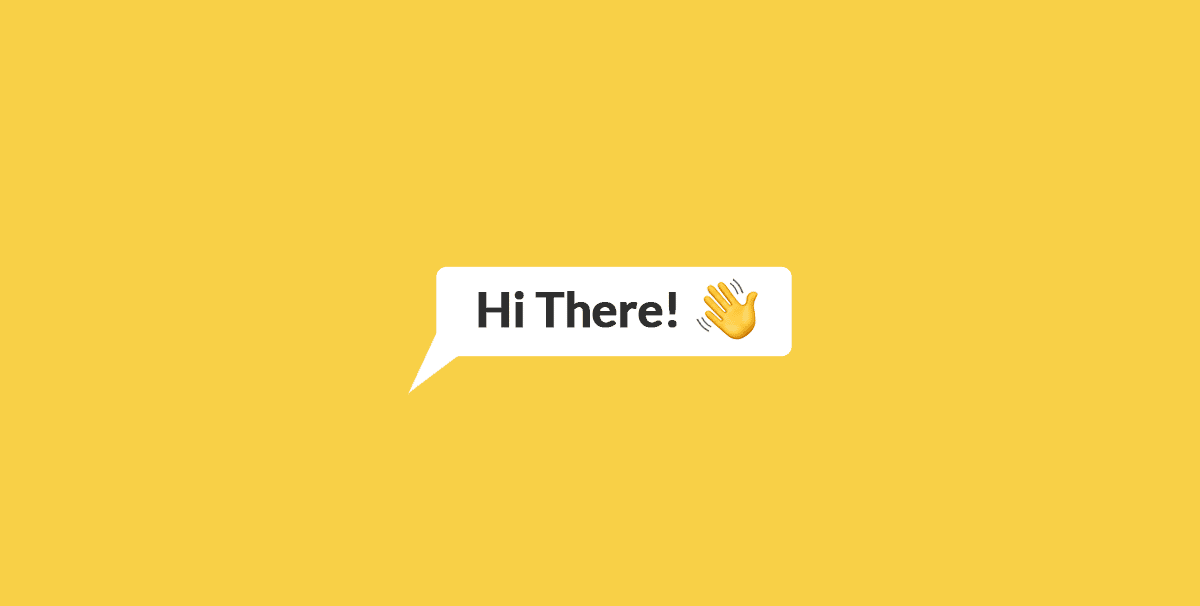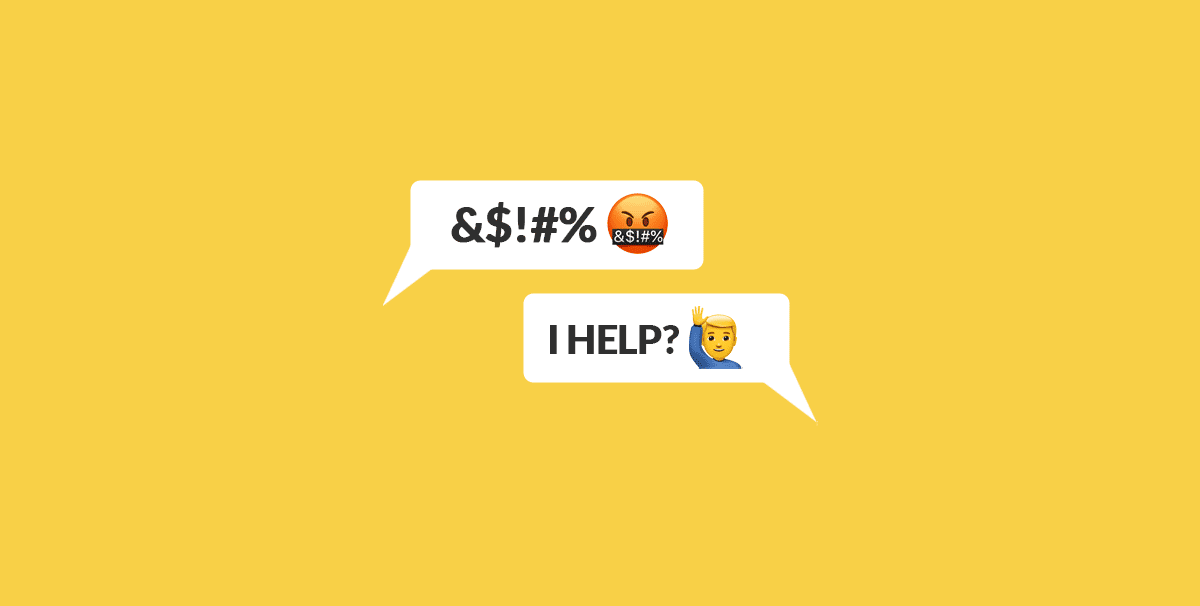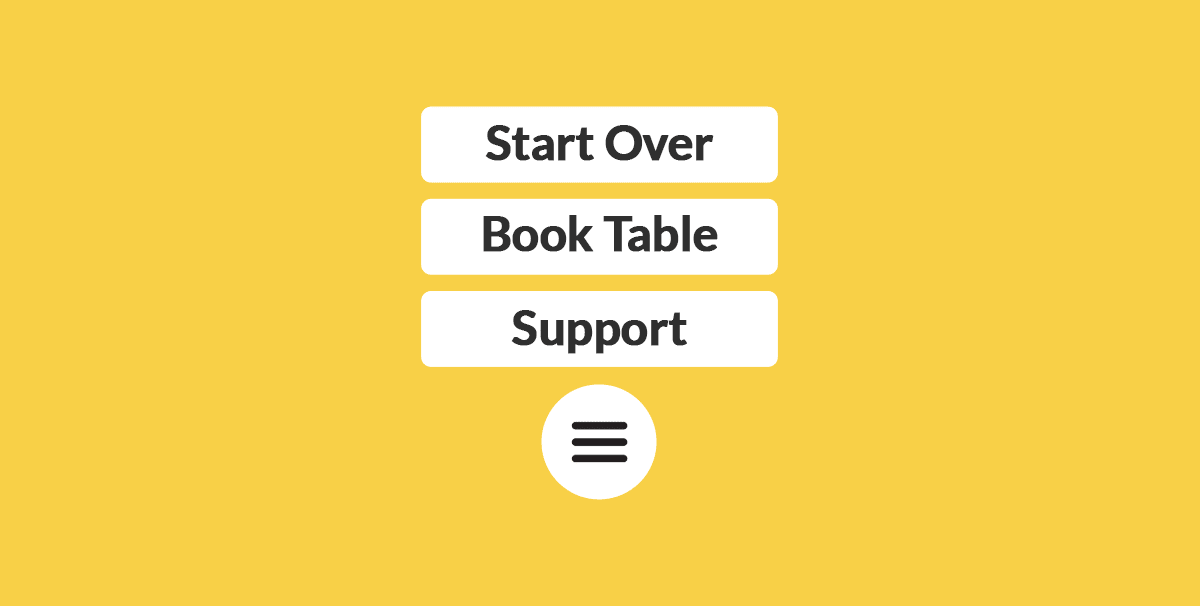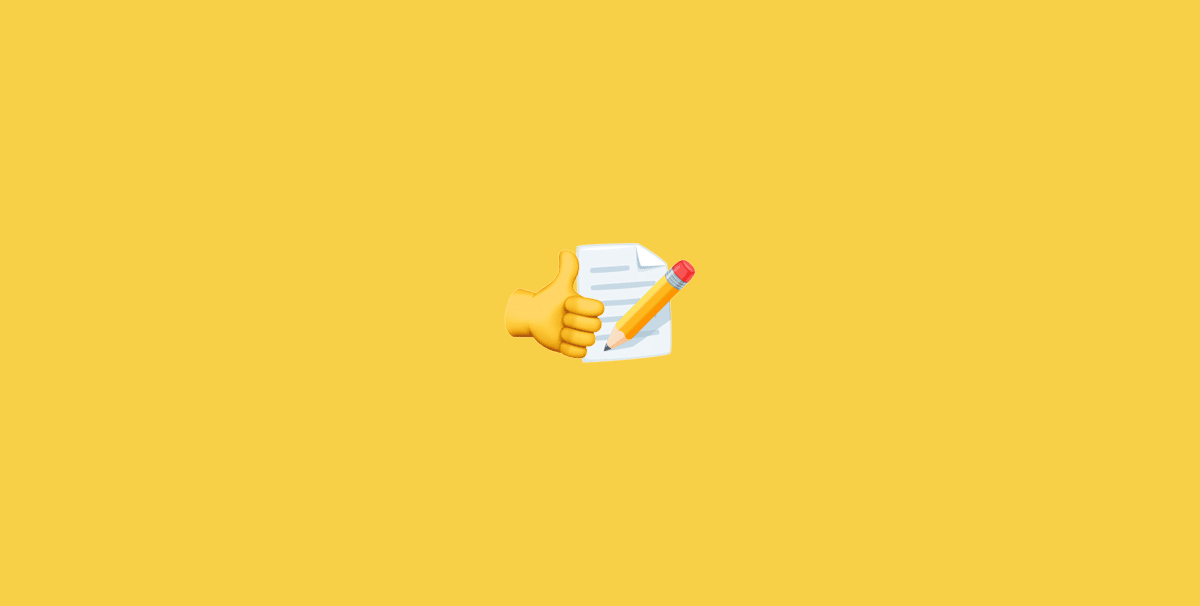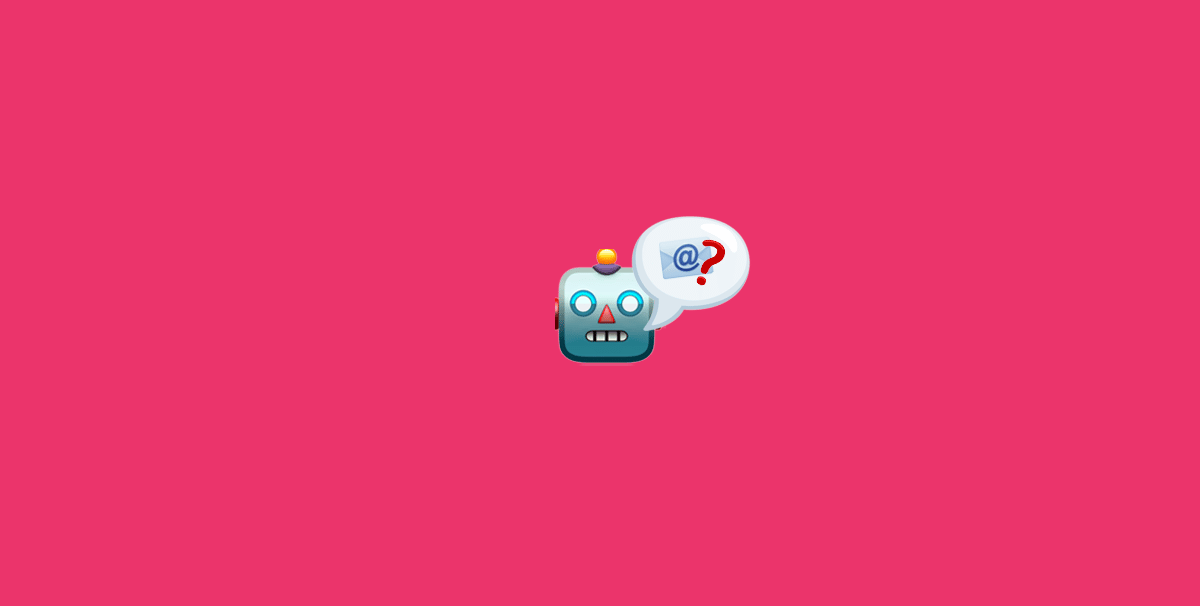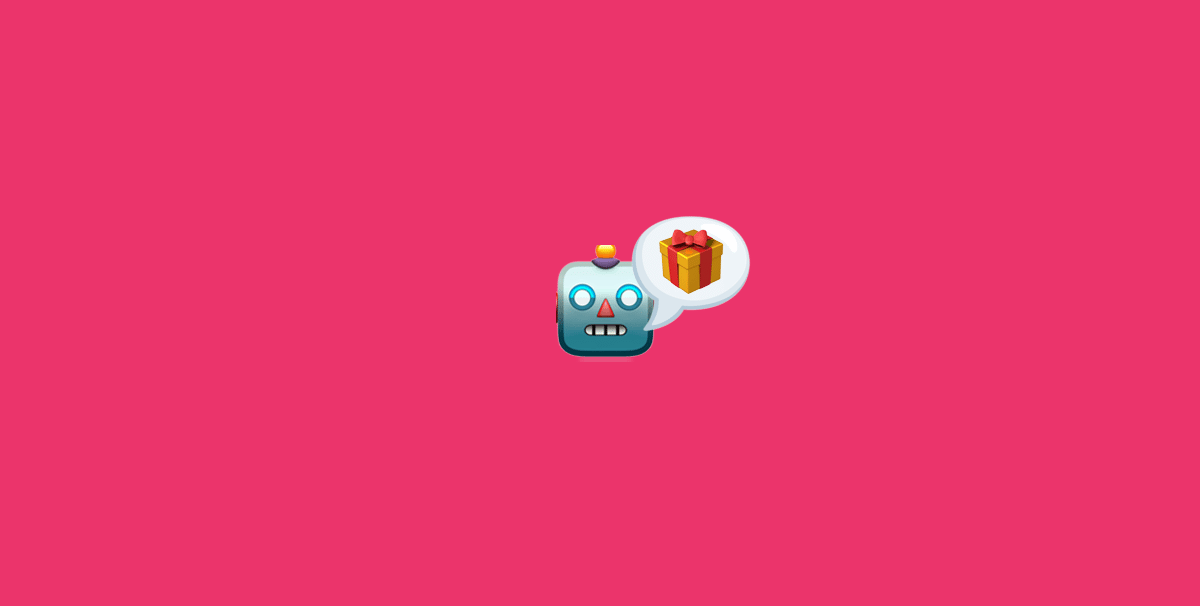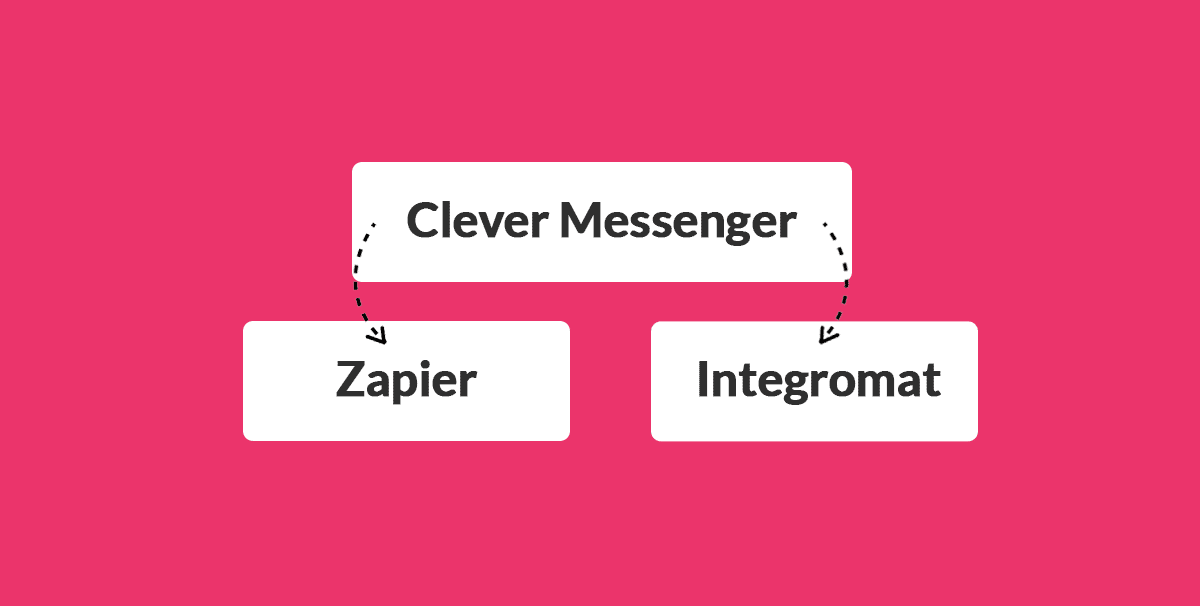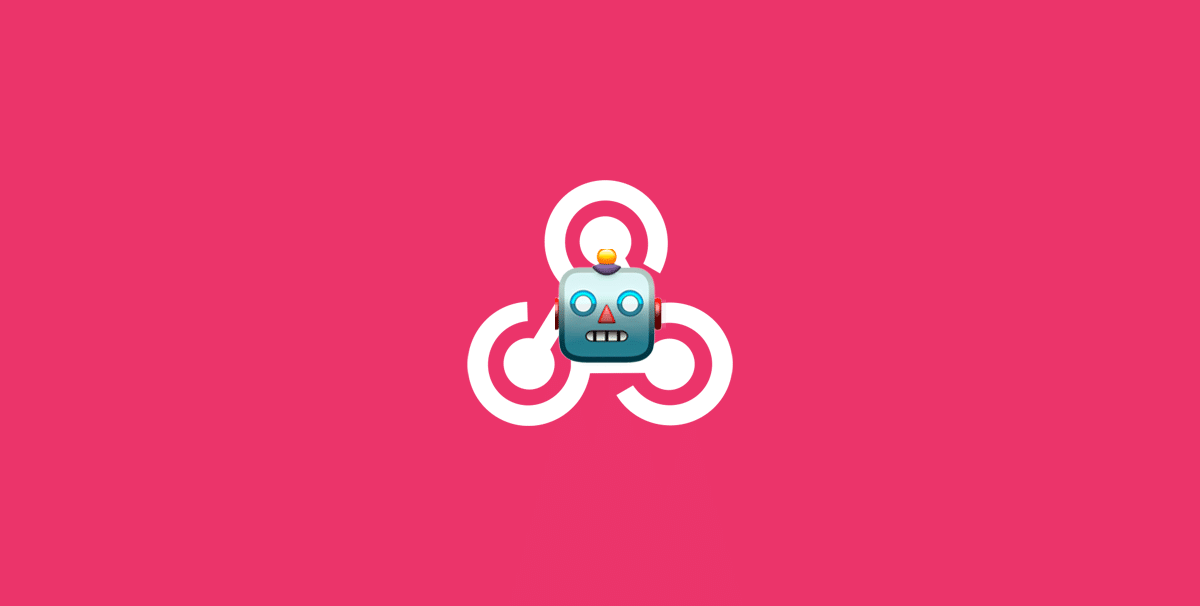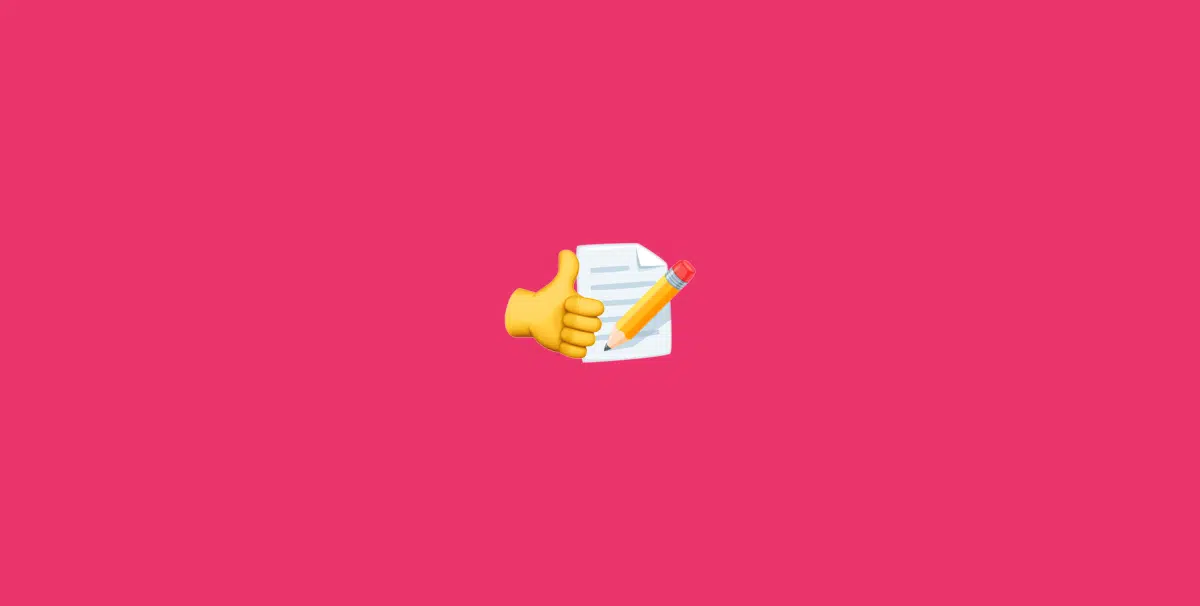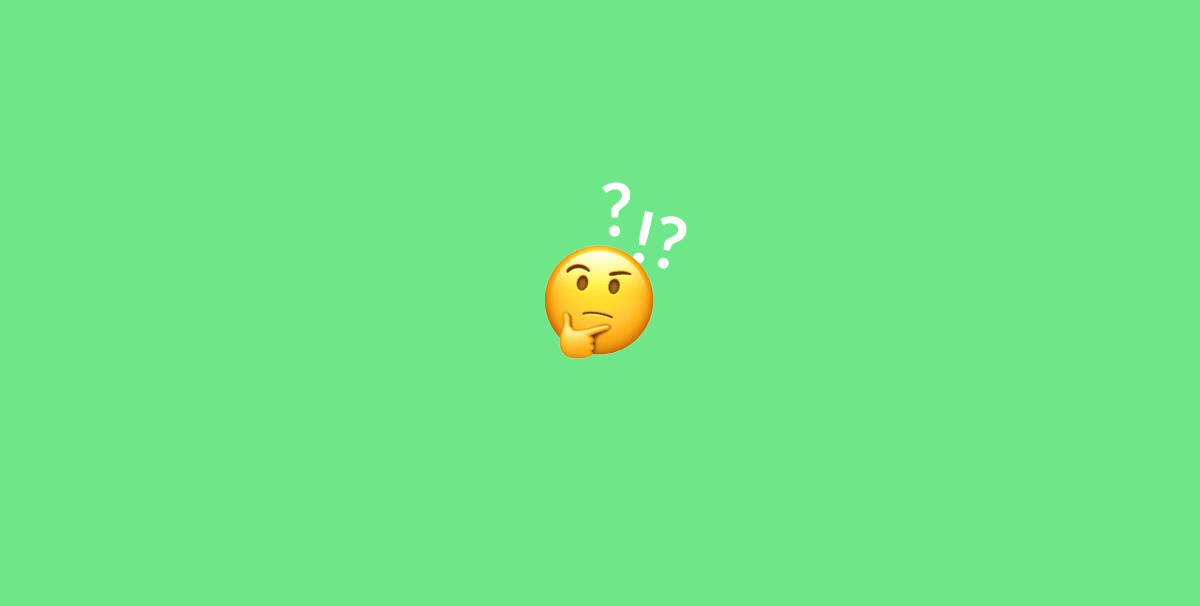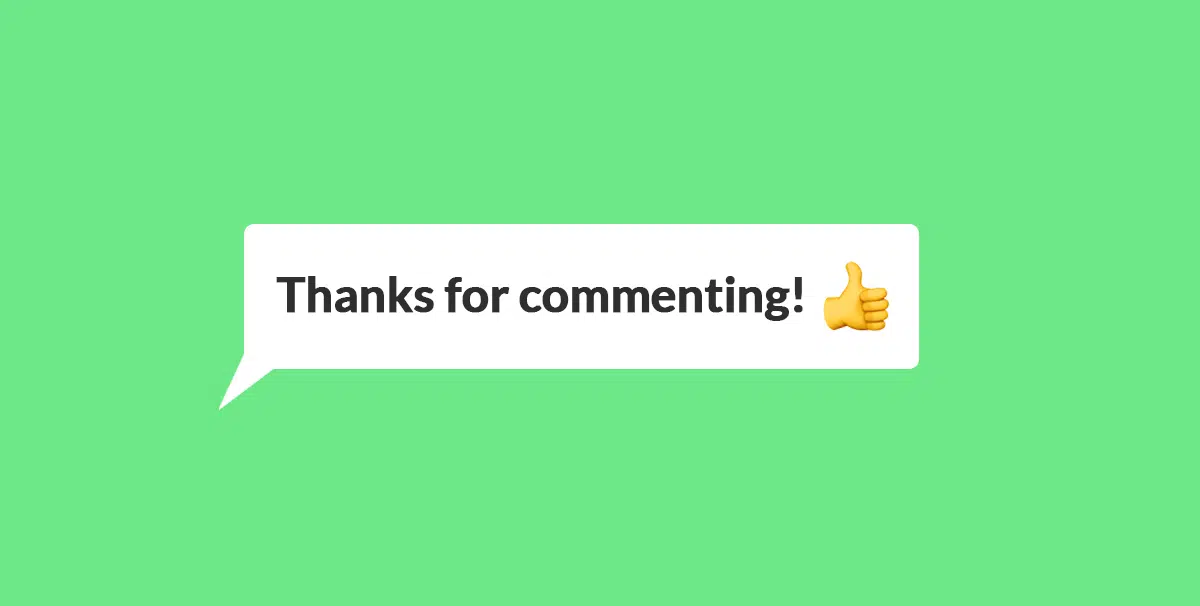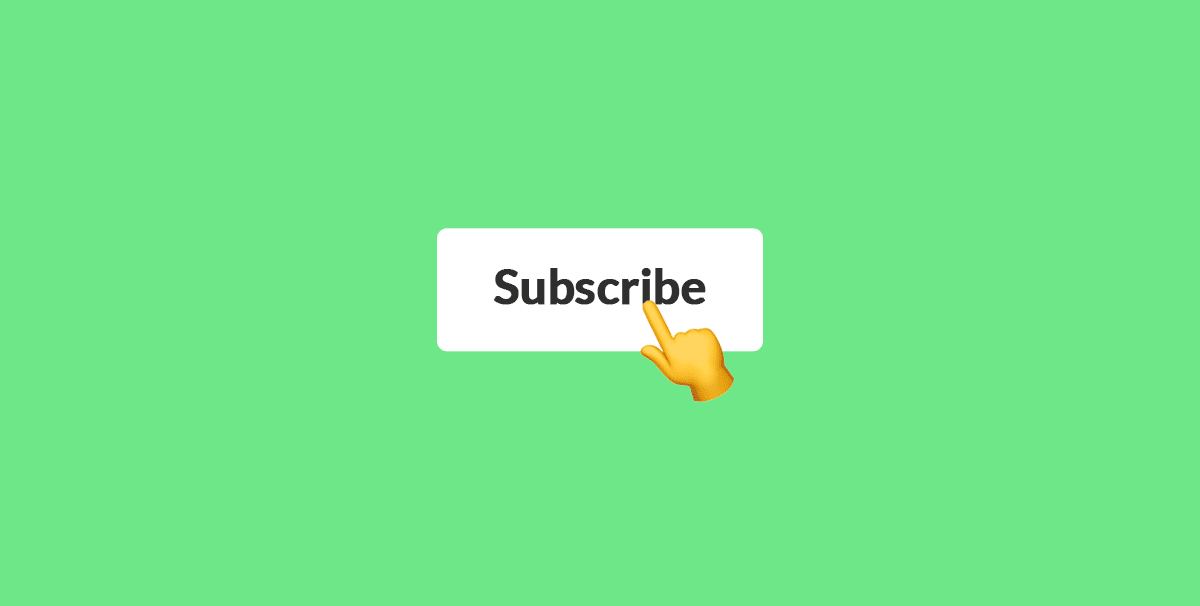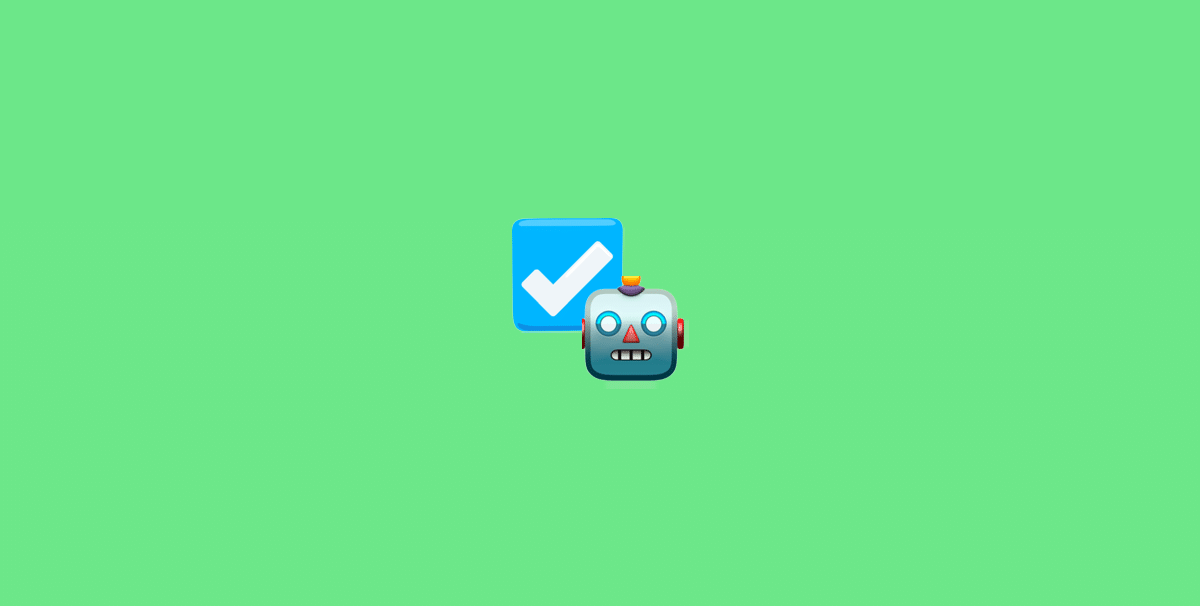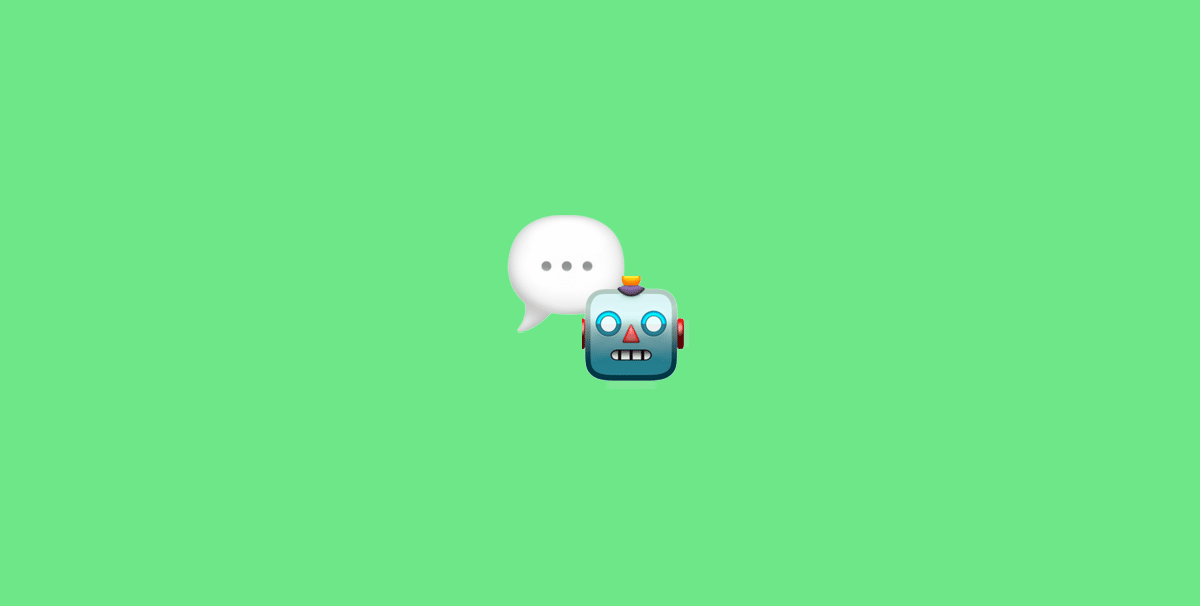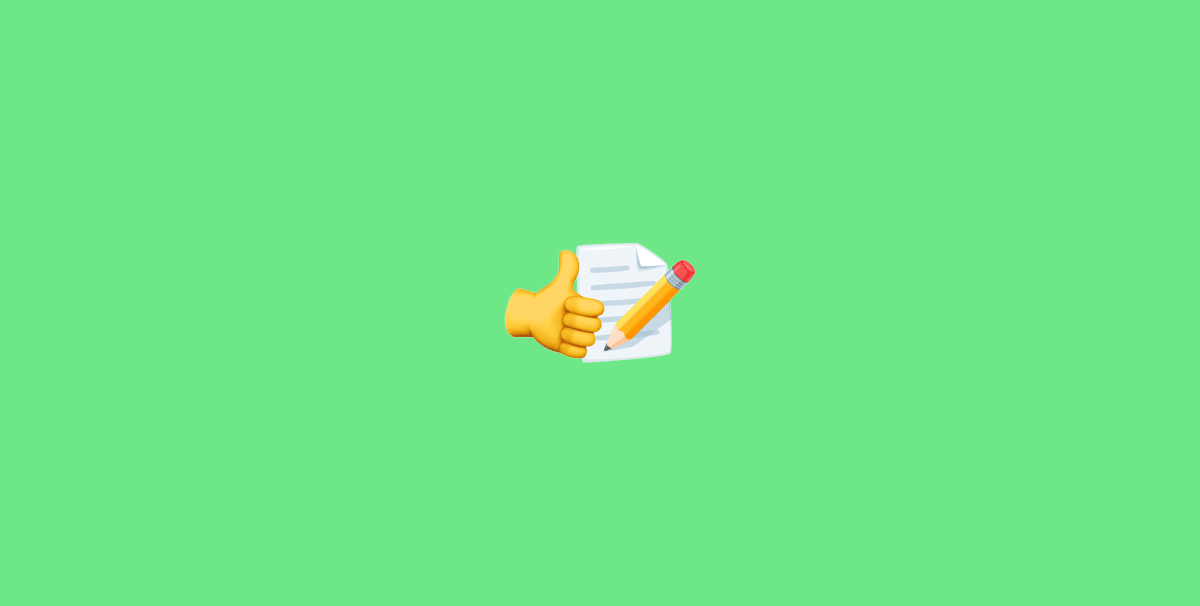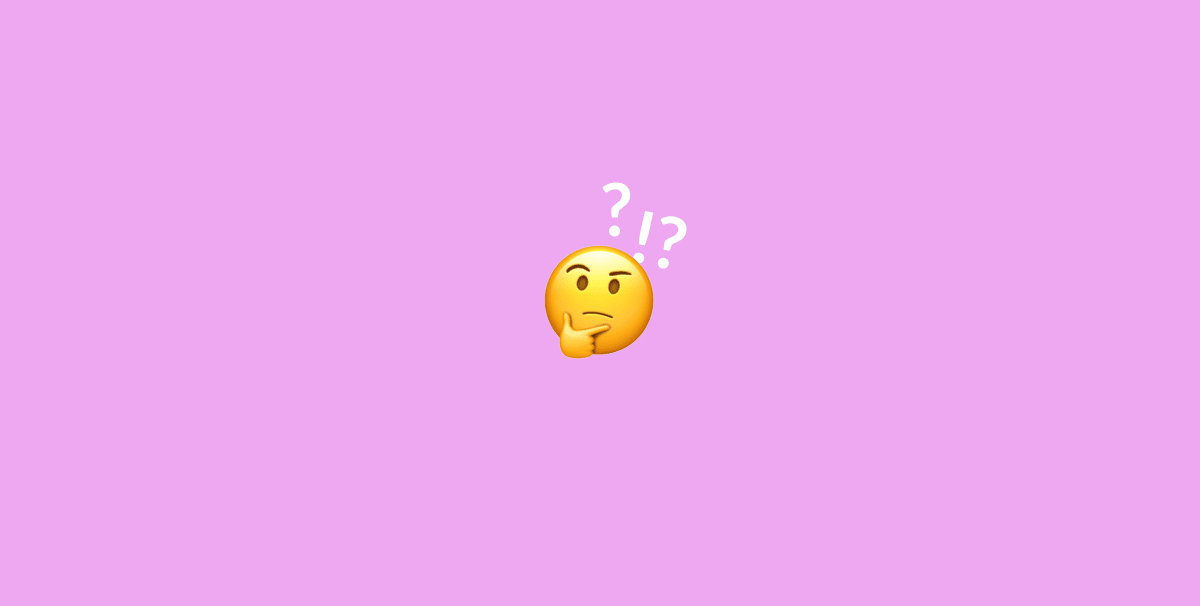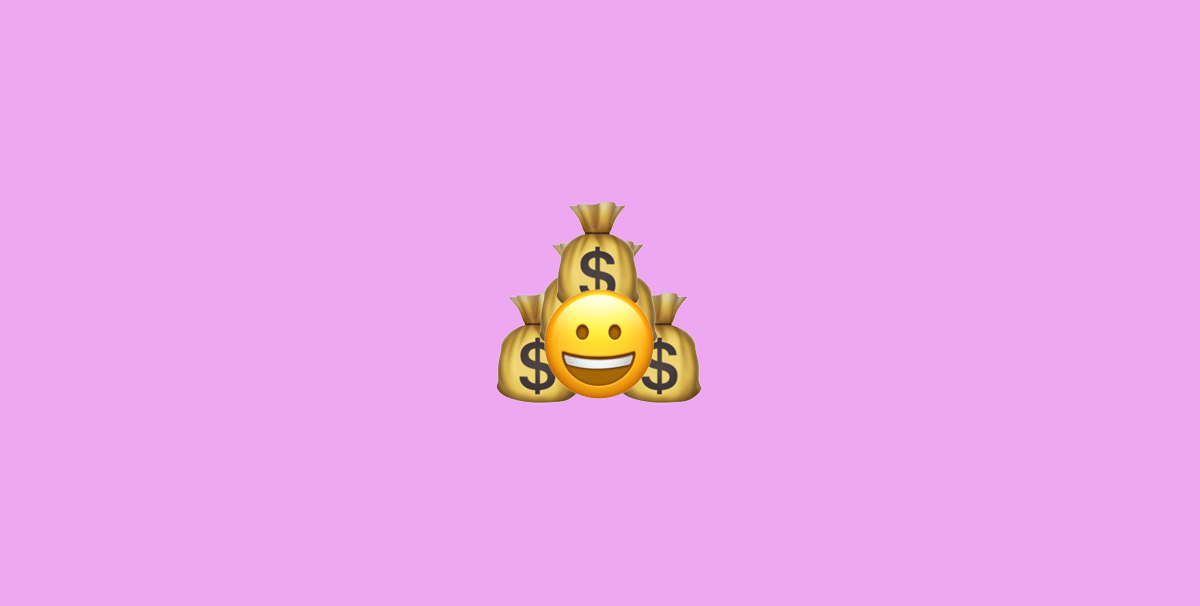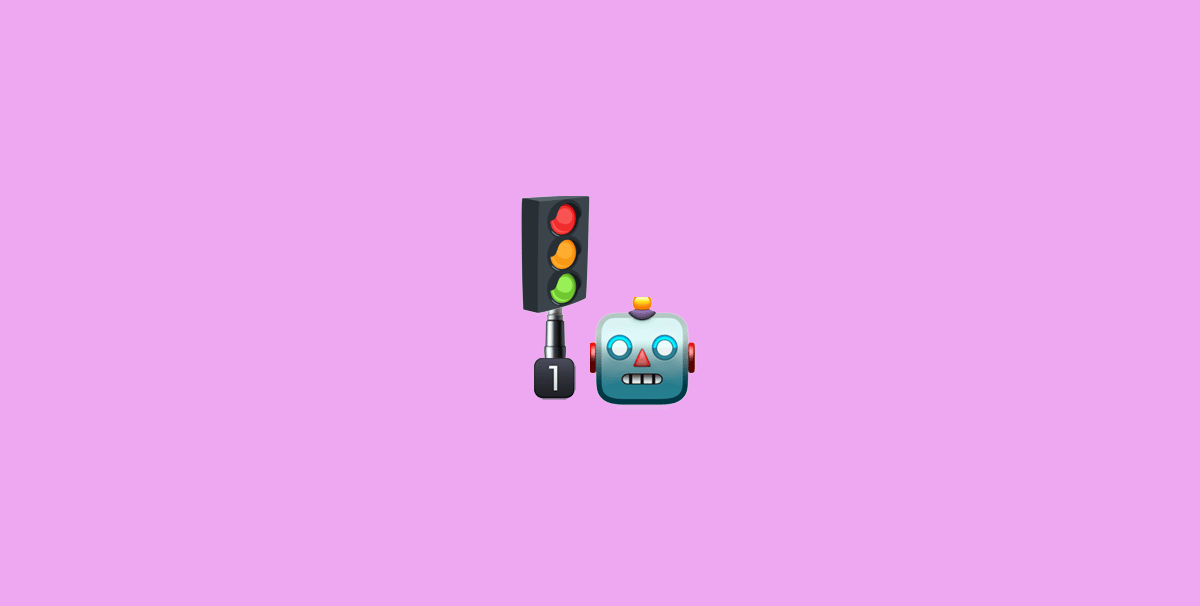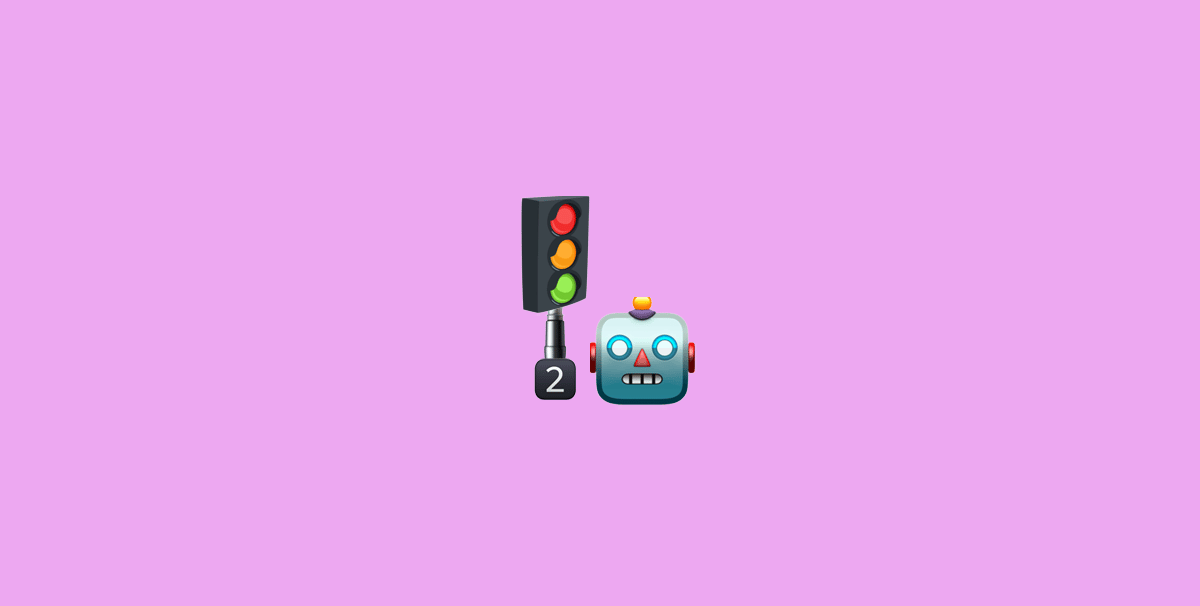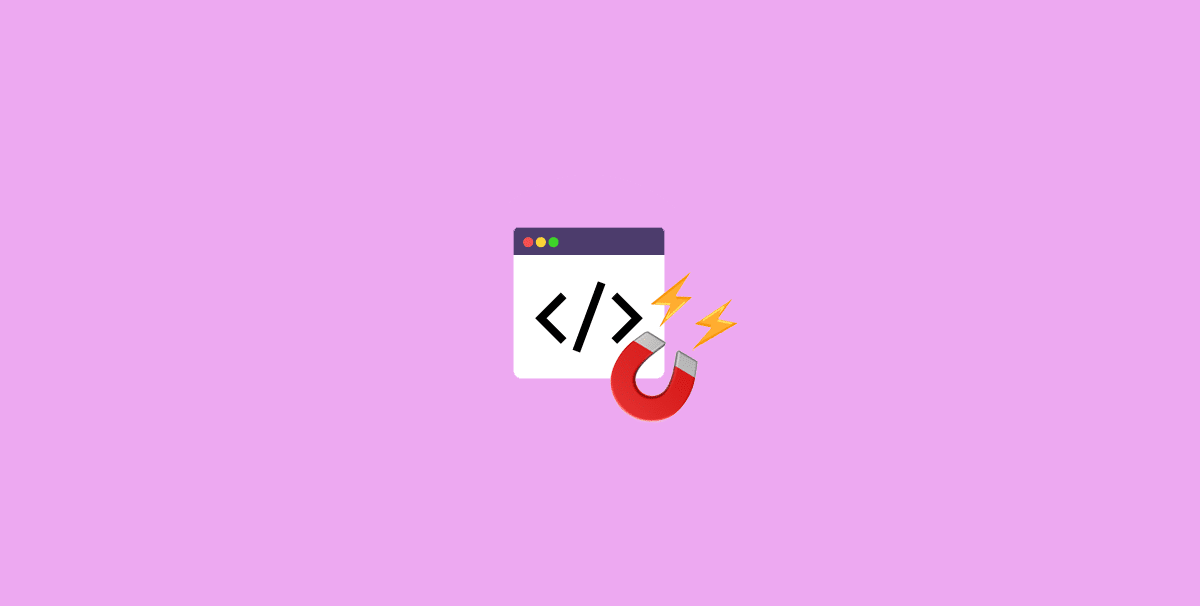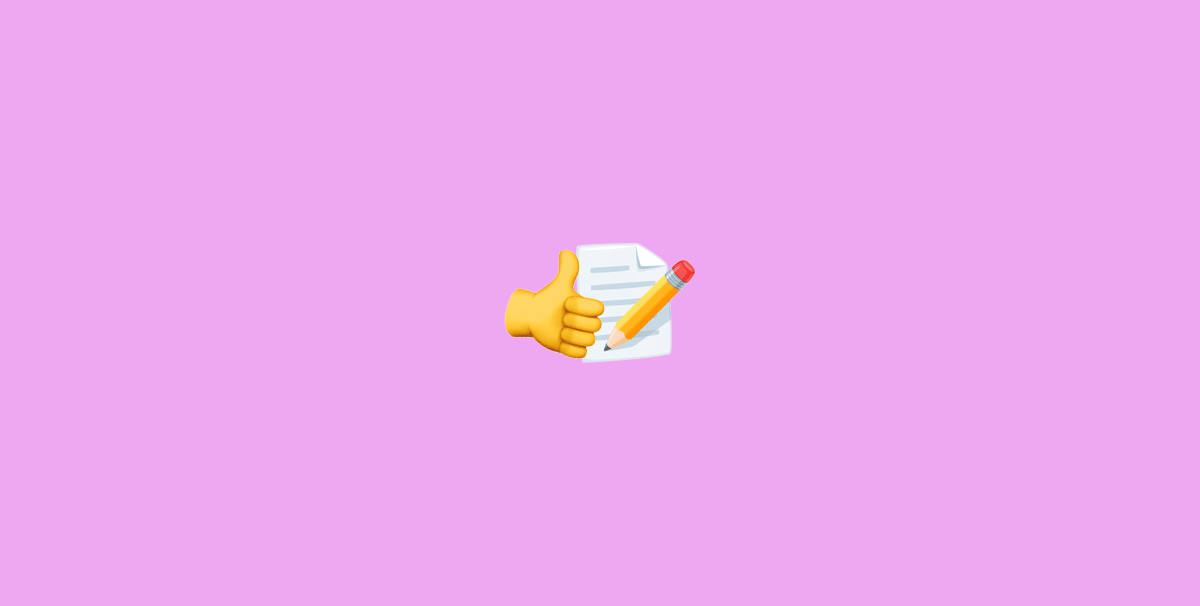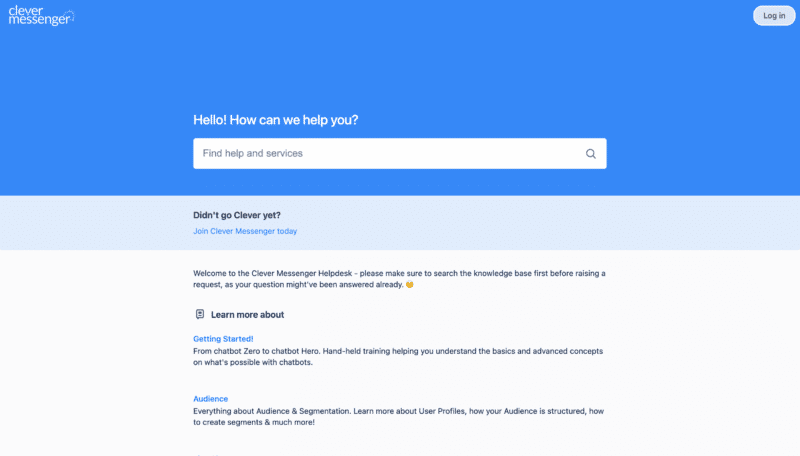- Hey there and welcome to Module 4.4, Send to Messenger Widgets. Now, these tools are so, so amazing. It actually allows you to set up a widget, an overlay widget, a bottom bar, a top bar, a widget that slides in right there on top of your website, or featuring a little button, and once people click on that button, they actually become a Messenger subscriber and you can attach a Flow to that button as well. So, once they click on it, they not only become a subscriber, but they also immediately get your messages. Very, very cool stuff. Again, we are going to use the Lead Magnet we have been using throughout this series, but you are going to see how cool this is in just a second. And it's very, very easy to set up as well. With that said, let's get started right away. And just like that we're inside Clepher again. And in this little video, you're about to discover how to set up a Send to Messenger overlay widget, on your pages. And I'm going to showcase a couple of examples in this video as well as actually setting up that widget on this page right here. Now, all we need to do in order to start to process is quite simple. Again, click on the clock wheel right there and go to the Dashboard. Then on left right here, you have the magnet icon which is capture, you click on that, and you navigate to the first item of the list which says Send to Messenger. This redirect you to the Send to Messenger library. This can hold as many Send to Messenger buttons and overlays as you wish. Now, all we need to do in order to start the process is basically clicking on create new right here, and we are going to give it a name. In this case, we're going to name it Send to Messenger #1. From there we click on confirm and this redirects is to the Send to Messenger builder. Now, right here on the right, you can see a little preview of how it's actually going to look. And on the left, you find the builder part. This is the part where you actually build out your Send to Messenger widgets. Now we got a couple of types you can choose from. We have a bar. You can actually choose to pop it up from the top or the bottom. We have a slide in right there. We have a model window. We have a total page takeover and a embeddable button, basically just a button you can embed everywhere. Now before I'm going to go ahead and showcase how this all works, I do want to showcase a couple of examples to you. I have two examples to show you right here. We are actually running a Send to Messenger button on our blog, and this specific Send to Messenger button we set up will pop up in a full page takeover. Once we actually scroll the page for I think 30% or 60%, you will see that pop up. So let me just scroll down over this blog post right here. There we go. And I should go see right now we give the reader to actually click that Send to Messenger button, and this button is actually tied to the Ask for Email Address Flow. Once they click on it, they can leave their email address and they can obviously opt to receive their Lead Magnet inside Messenger as well. Now there's this close button right here. There's more specifics to it but we'll get to that in just a bit. There is another way to use Send to Messenger buttons but this is a little bit more advanced. However, I do want to showcase this to you so that you can see what actually is possible. Right here, we have our signup page and we hooked it up with a software called Viral. And UpViral is basically a viral sharing software which gives people points based on the referrals they actually generate. Now we set up a Flow that actually corresponds with their API. We got a native integration with this tool going on as well. However, once they click on the Send to Messenger button right here, it actually triggers that specific Flow. Basically any user that did not subscribe during the initial signup process that takes them to this page, we can actually get them to subscribe right here. So simply by clicking on a button, they earn 100 entries or 100 points, which basically increases their chance to win a free copy. And this is basically another way how you can actually use Send to Messenger Buttons in your marketing campaigns. Now with that said, let's move back to the actual setup. Okay, awesome. So what we are going to do right here, let's get back to this page right here. We want to set up a Send to Messenger full page takeover overlay widget yeah that's a mouthful, but we want to trigger this widget once they try to exit the pitch. So quite simple, what we are going to do is simply going ahead with a full page takeover right there. Then we are going to set up the widget like so, before you go get this free report. Let's change the description here as well. Click the button below in order to receive the 309 valuable steps and insights report for 100% free. There we go. Then we are going to add an image, simply click on this thing right here where it says, add an image. There we go. Right now we are simply going to choose a file. And there we go. That's the image we would like to use. Then we are going to click on Save changes right there and we can see that it already looks quite beautiful. Now we're moving over to the settings tab and this is where are going to set things up. Now we are going to keep things quite simple for this entire setup. We just want to generate Messenger subscribers that ultimately become email leads as well. So right here, we can actually change the language of this button right here but we're going to leave it at English. Then we can basically specify a tag. Once they click on the Send to Messenger button, this basically allows us to know where these subscribers are coming from. So in this case, I'm going to say, clicked chatbot guide button. There we go. Again, this allows us to figure out where they became a subscriber. Now we obviously show you the entry point but this entry point only tells you that they came in from a sent to Messenger button. Using this stack we can actually see which actual Send to Messenger button they clicked. Then we can send any of the URL parameters we got set up to a Custom Field as well. However, this is an advanced feature and we don't really need this right now. The display options are quite important. We want to display the widgets own exit intent. Alternatively, you can have the widget pop up once a certain element is clicked. When a certain percentage is scrolled, when a certain element on the page is reached or after a number of seconds, but we want to have this widget pop up on exit intent. There we go. So exit intent in this case means that once the cursor actually leaves the browser window, that's an exit intent and then the widget will pop up. We want to show this at every visit and we want to have this option right here after a visitor closed the widget show again after every visit as well. We want to display the widget on both mobile and desktop devices. And that actually already completes the setting step right here now we're going to configure the looks. What we are going to do is check out the layouts. We can actually choose to go with a layout like this. However, the image above the headline usually converts best so we're going to keep that. We can opt for not showing the description at all. Giving a little bit more details about what they are going to get is I think the smart thing to do. We can change the background of this entire thing. I'm going to keep it as is. Let me just make sure it, there you go. See, I wanted to go with blue but since we are using the blue kind of guide right here that really doesn't pop out. Let me just do this right here. I'm going to leave the headline of black. And here we can actually configure the Send to Messenger button. Now Facebook actually gives us a couple of variations in what we want the Send to Messenger button them to say. Let me first change the background color. Now we're going to stick with blue and we're going to use the extra large size. There we go. And we are going to have it say, let's say receive this in Messenger. There we go. Awesome stuff. Then we are going to go to the submitted tab. So once they actually clicked on the Send to Messenger button we can have it do two things. We can either have it update the widgets. So it shows another screen if you will, including a button that directly takes them to Messenger, or we can specify a URL and basically Send them to another page. This can be the thank you page or the download page or any other page for that matter. You can choose to have it open in the current tab or in a new tab. However, since the update widget stuff is very, very cool and very, very lucrative I might add, it's the one we're going to go with. Now I just skip a step, a very important step I might add. We still need to select the Flow. And in this case, we are going to select the Flow right here which is the Ask for Email Address Flow. This again shows the Ask for Email Address Flow where we request the email of the user so that we generate that email lead and continues the Flow as we have seen in the previous training videos as well. Now at any time, if you're confused or lost you can simply open up the Preview right here and check if you actually selected the right message. There we go. It seems about right. And right now we're going to have the same options you have seen on the previous page. So we can change the layout. We're not going to go ahead with an image right here. Matter of fact, we are going to leave it as is. We're going to not show the description and we want the user to know that the subscription has been successful. So we're going to opt for a green background color and a black headline and we are going to have it say, thank you, find, or please check Messenger, please check Messenger. Then we can opt in to change the button text right here as well as the background color and the text color. However, let's just leave it as is for now. Again, we want to keep things very simple. Once they actually click on the button it will take them to your chatbot or Messenger. And once they are inside Messenger they can actually see that Flow you've specified right here. Now all there is left to it, we are going to Save it. And we're going to go to the install tab right here. And now all there is left right now is placing this code snippet anywhere on the page. But again, preferably right before closing the Body Tag usually a good place to add this code rights here is in the footer of the page or the footer of your entire website. If you add it in the footer that governs the entire website, this actual widget will pop up on each and every page. However, if you want to have it pop up on a singular page or a specific page only, then you need to add it right to that footer that is actually is only for that specific page. I hope that makes sense. Now, before we go ahead, there's one more thing I need to explain. Right here under settings, you need to make sure you are whitelisting your domain. So right here under domain whitelisting you need to put your domain. Basically this is an additional security measure, so that only the whitelisted domains can actually show that widget you created. This basically prohibits that in the case someone knows your embed code, they cannot simply add that embed code to their websites. So basically it's something like this. There you go. And it's automatically added right there. Now moving back right here, now I'm not going to demonstrate this to you, it should be very easy to find the footer on your page. Now, whether you have a page builder or you use a WordPress blog, WordPress has widgets that actually allow you to add that code in the footer of your page or the entire page for that matter. And each and every page builder has similar functionality as well where you can place code into the header or the footer the body for the entire page or just a specific page as well. So it's quite easy, you just need to find the right location in the tool you are going to use and paste the code in to make it all work. The reason why I'm not showcasing the copy and pasting is because A. it's quite simple, and B. it works slightly different on each and every page builder or blog builder. And it's therefore kind of redundant to show you this because it might not apply to your particular situation. But again, it's very, very easy to set up with any page builder or WordPress blog or any website for that matter. Alright awesome, so I just set up the widget on my second screen, very, very easy, that was very, very fast. And the only thing I need to do is actually demonstrate this to you. Let me just do so right here. Let me go to the page. It's already set up on this page right here. Let me just refresh it right there. So once people actually land on this page and they click on the download button right here, and for some reason they don't think this is value to them or life gets in the way, they just forget to sign up, the moment they actually leave the page and as you can see right here it actually pops up that widget. So it pops up that we just created. It says, "before you go get this free report click the button below in order to receive yada yada yada." So let me just showcase what happens once we actually click on that button where it says, receive this in Messenger. There we go. The widget actually updates. Thank you, please check Messenger. Again, this is as you have seen before totally customizable. Right now, we are going to open up Messenger by clicking on this button right here. This redirects us to the Messenger app. And again, we have subscribed. We see the image, we see the message right here and we can actually leave our email right here. So again, you can see how cool this actually is. So once they actually try to leave the page you have an additional shot to capture their attention and basically prompt them with a page takeover slide or a bar, if you will, that gives you another chance to generate that email lead or that Messenger subscriber. Very, very cool stuff. And in our own testing we actually see that previously lost traffic, 20% of those people actually still sign up through this setup. That's very lucrative I should say. I mean, how much would 20% additional leads on your signup pages look like for you? And with that said, that actually concludes this video about the Send to Messenger button and the overlays. And by using the Send to Messenger overlay widgets you can actually implement Messenger into your current strategy right away. Now, with that said in the next couple of videos we're going to demonstrate the Checkbox Plugin to you, as well as the Customer Chat widget, which, conveniently, have a similar setup. So once you know the Send to Messenger set up you basically know the Checkbox Plugin and the Customer Chat widget set up as well. However, all of these widgets serve a different purpose, well not necessarily a different purpose because the shared purpose is actually to generate the Messenger subscriber. However, they do this in a different way. With that said, I hope you liked this video about the Send to Messenger overlay widgets and buttons.

